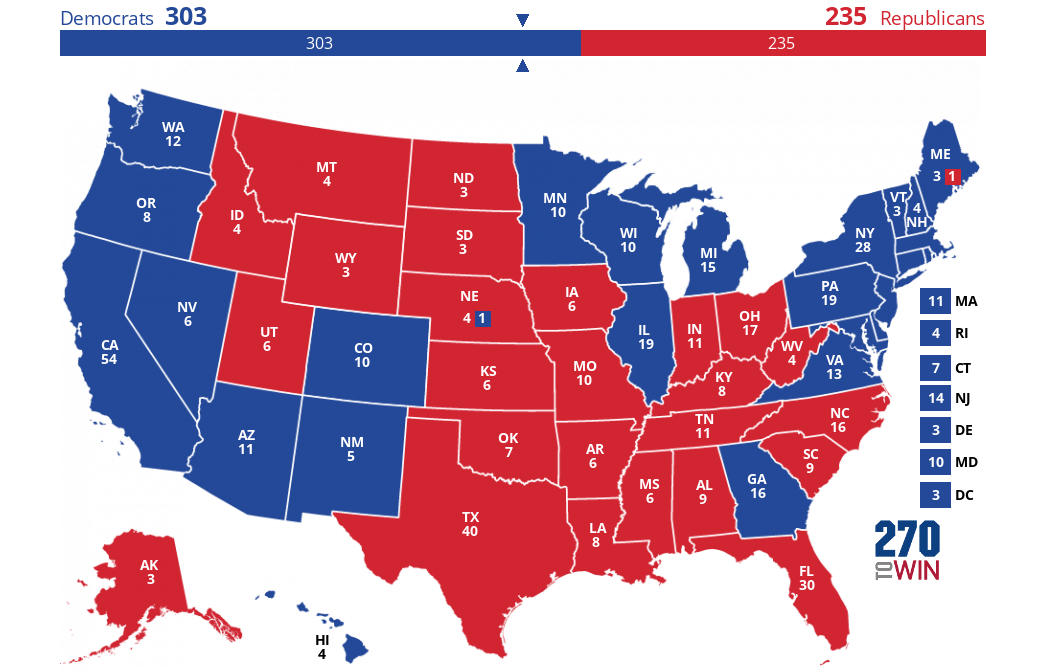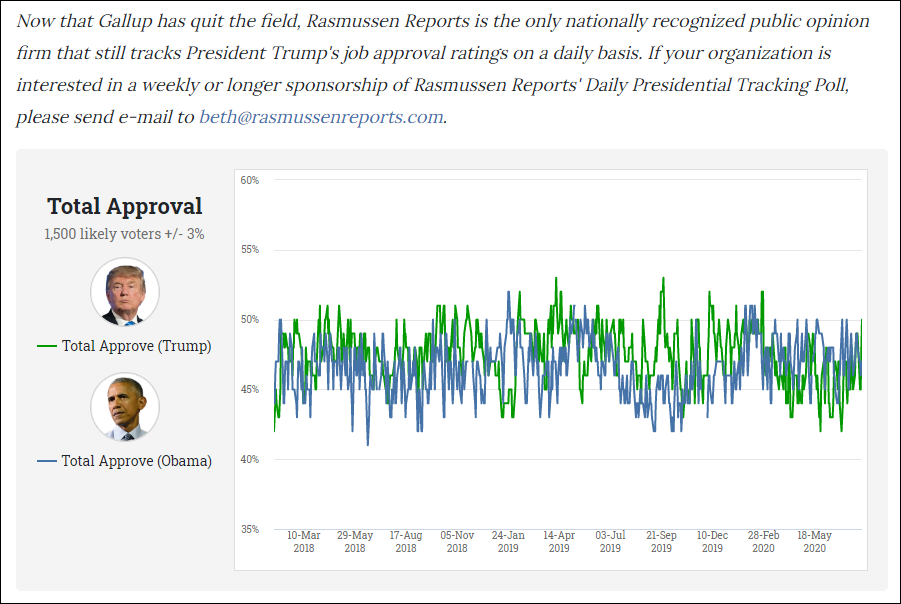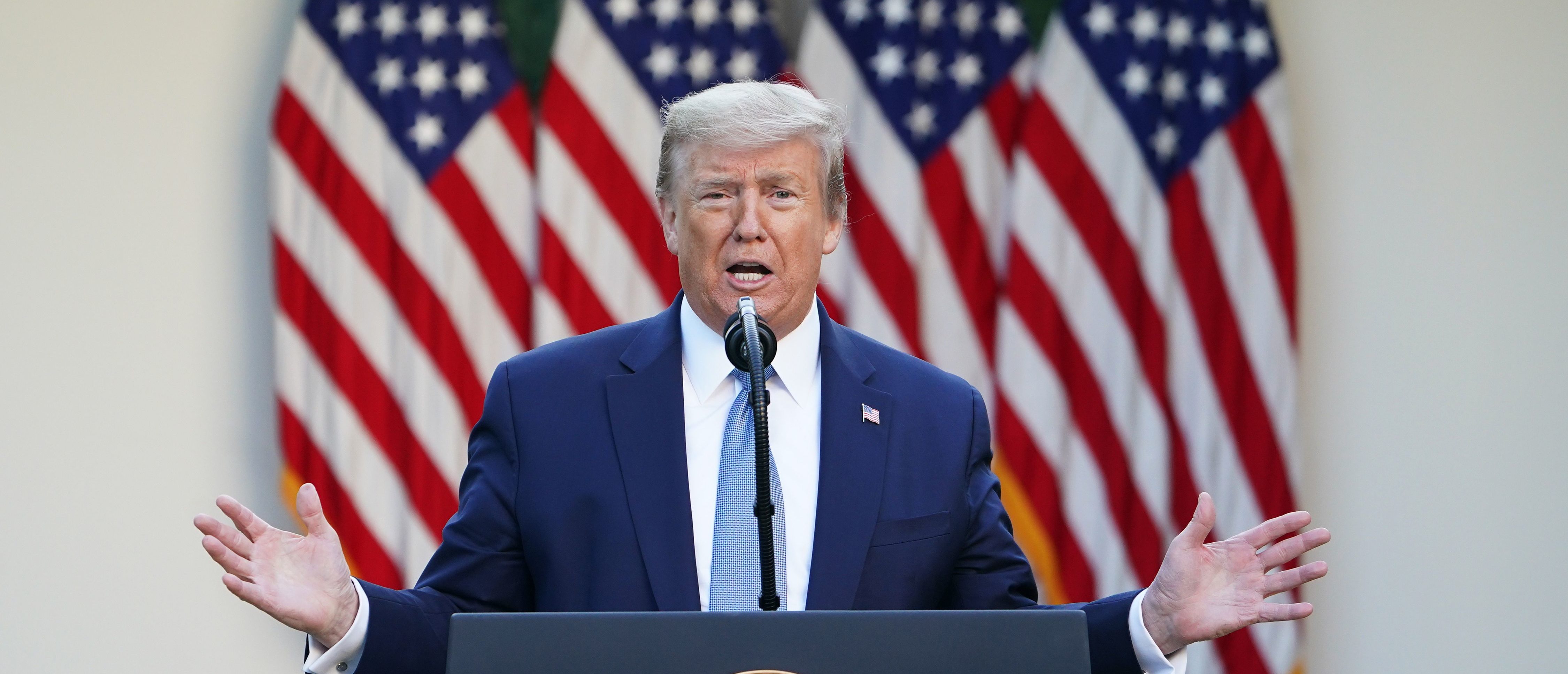Rasmussen Reports: Rasmussen Presidential Poll

Rasmussen Reports is a well-known polling organization that has been conducting surveys for over two decades. It is known for its focus on public opinion and its use of unique methodologies.
History of Rasmussen Reports
Rasmussen Reports was founded in 1999 by Scott Rasmussen, a political strategist and pollster. The company began by conducting surveys for political campaigns and quickly gained a reputation for its accurate predictions. Rasmussen Reports has since expanded its operations to include a wide range of public opinion research, including polls on current events, consumer confidence, and public policy.
Methodology of Rasmussen Reports
Rasmussen Reports utilizes a unique methodology that sets it apart from other polling organizations. It employs a combination of live telephone interviews and online surveys. This approach allows Rasmussen Reports to reach a wider range of respondents, including those who are difficult to reach through traditional telephone surveys.
The company’s methodology also includes a “likely voter” screen, which attempts to identify those who are most likely to vote in an election. This screening process helps to ensure that the poll’s results are more reflective of the actual electorate.
Strengths and Weaknesses of Rasmussen Reports’ Methodology
Strengths
- Wide Reach: Rasmussen Reports’ use of both telephone and online surveys allows it to reach a broader range of respondents than traditional telephone polls.
- Likely Voter Screen: The company’s “likely voter” screen helps to ensure that the poll’s results are more representative of the actual electorate.
- Focus on Public Opinion: Rasmussen Reports has a long history of conducting surveys on a wide range of public opinion topics, providing valuable insights into public sentiment.
Weaknesses
- Sampling Bias: Like all polling organizations, Rasmussen Reports is susceptible to sampling bias. This means that the poll’s results may not accurately reflect the views of the entire population.
- Limited Sample Size: Rasmussen Reports’ sample sizes are often smaller than those used by other polling organizations. This can lead to greater margins of error and less accurate results.
- Focus on Telephone Surveys: While Rasmussen Reports uses online surveys, its reliance on telephone surveys can exclude individuals who do not have landlines or who are not comfortable participating in telephone interviews.
Examples of Rasmussen Reports’ Predictions
Rasmussen Reports has a history of making accurate predictions in elections. For example, in the 2016 presidential election, Rasmussen Reports accurately predicted the outcome of the race in several key states. The company’s polls also showed that Donald Trump was gaining momentum in the weeks leading up to the election, which was a trend that was not reflected in other polls at the time.
In the 2020 presidential election, Rasmussen Reports again accurately predicted the outcome of the race in several key states. The company’s polls showed that Joe Biden was leading in the race, but that the margin was much closer than what other polls were predicting.
Rasmussen Reports’ predictions have not always been accurate. For example, in the 2012 presidential election, the company’s polls showed that Mitt Romney was leading in the race, which was not reflected in the actual outcome.
It is important to note that all polls, including those conducted by Rasmussen Reports, are subject to margins of error and other limitations. As such, it is important to interpret poll results with caution and to consider the limitations of the methodology used.
Analyzing Rasmussen Presidential Poll Data

Rasmussen Reports is a well-known polling organization that conducts surveys on a wide range of topics, including presidential elections. Analyzing Rasmussen Reports’ presidential poll data involves understanding the key metrics they present, comparing their findings to other reputable polls, and recognizing potential biases or limitations that might influence their results.
Key Metrics in Rasmussen Reports’ Presidential Polls
Rasmussen Reports typically presents several key metrics in their presidential polls. These metrics provide insights into the current state of the race and can be used to track trends over time.
- Likely Voter Model: Rasmussen Reports uses a “likely voter” model to weight their poll results, which aims to reflect the electorate who are most likely to vote in the actual election. This model is based on historical voting patterns and other demographic factors.
- Favorability Ratings: Rasmussen Reports measures the favorability ratings of presidential candidates, gauging public perception and support. These ratings reflect the percentage of respondents who view the candidate favorably, unfavorably, or are unsure.
- Head-to-Head Matchups: Rasmussen Reports conducts head-to-head matchups between presidential candidates, simulating hypothetical election scenarios. These matchups provide insights into how candidates fare against each other in a direct contest.
- Tracking Polls: Rasmussen Reports conducts tracking polls, which measure the daily or weekly changes in candidate support. Tracking polls provide a real-time snapshot of the race and can reveal emerging trends or shifts in public opinion.
Comparing Rasmussen Reports’ Polls with Other Reputable Polls
Comparing Rasmussen Reports’ polls with other reputable polls, such as those conducted by Gallup, Pew Research Center, and the Associated Press, can provide a more comprehensive understanding of the presidential race.
- Methodology Differences: Different polling organizations use varying methodologies, including sampling techniques, question wording, and data analysis. These differences can lead to variations in poll results, making it crucial to consider the methodologies employed by each organization when comparing their findings.
- Sampling Bias: Polling organizations strive to create representative samples, but inherent biases can still exist. Rasmussen Reports’ use of a “likely voter” model, for instance, may differ from the methodologies used by other polling organizations, potentially leading to variations in results.
- Poll Averages: Poll aggregators, such as RealClearPolitics, provide averages of poll results from various organizations. These averages can help mitigate the effects of individual poll biases and provide a more balanced perspective on the presidential race.
Potential Biases or Limitations in Rasmussen Reports’ Polls
It’s important to acknowledge potential biases or limitations that might influence the results of Rasmussen Reports’ polls.
- Sampling Error: Like all polls, Rasmussen Reports’ polls are subject to sampling error, which reflects the inherent uncertainty associated with using a sample to estimate the views of a larger population.
- Response Bias: Response bias can occur when respondents provide inaccurate or misleading answers due to factors such as social desirability or a lack of knowledge.
- Question Wording: The wording of survey questions can significantly influence respondents’ answers. Rasmussen Reports’ choice of question wording may differ from that of other polling organizations, potentially leading to variations in results.
The Impact of Rasmussen Presidential Polls

Rasmussen Reports’ presidential polls have had a significant impact on the media coverage and public perception of the presidential race. These polls have also been used by political campaigns and strategists to shape their strategies and messaging.
Influence on Media Coverage and Public Perception, Rasmussen presidential poll
Rasmussen Reports’ polls have become a regular feature in media coverage of the presidential race. They are often cited by journalists and commentators as a key indicator of the state of the race. The polls’ influence on public perception is evident in the way they are often discussed by voters and the media.
“Rasmussen Reports’ polls are often seen as a bellwether of public opinion, and their findings can have a significant impact on the way the media covers the race,”
said [name of political analyst/expert], a political analyst at [name of organization/institution].
Use by Political Campaigns and Strategists
Political campaigns and strategists have also paid close attention to Rasmussen Reports’ polls. These polls provide valuable insights into voter preferences and trends, which can be used to inform campaign strategy. For instance, campaigns may use poll data to target their messaging to specific demographics or to identify areas where they need to increase their support.
“Rasmussen Reports’ polls are a valuable resource for political campaigns,”
said [name of political strategist/campaign manager], a political strategist who has worked on numerous presidential campaigns.
Role in Shaping Voter Behavior and Influencing Election Outcomes
Rasmussen Reports’ polls have also been credited with playing a role in shaping voter behavior and influencing election outcomes. This is because the polls can create a sense of momentum or a shift in the race, which can lead voters to make decisions based on the perceived direction of the race.
“Rasmussen Reports’ polls can have a significant impact on the way voters perceive the race,”
said [name of political scientist/expert], a political scientist at [name of organization/institution].
For example, in the 2016 presidential election, Rasmussen Reports’ polls showed Donald Trump gaining momentum in the final weeks of the campaign. This momentum may have helped Trump win the election, as it led some voters to believe that he was the frontrunner.
The Rasmussen Presidential Poll, a regular gauge of public opinion, often reflects the current political landscape. This includes issues like foreign policy, which can be deeply affected by events in the Middle East. Understanding the complex relationship between Israel and the Israel Hamas leader is crucial to grasping these dynamics.
The Rasmussen Presidential Poll can provide insights into how these international conflicts are perceived by American voters, influencing their views on the direction of US foreign policy.
The Rasmussen presidential poll, a well-known gauge of public opinion, often reflects the complexities of current events. One such complexity is the ongoing conflict between Israel and Hamas, a conflict that has deep historical roots and continues to shape the international landscape.
Understanding the dynamics of this conflict, which often centers around the role of the israel hamas leader , is crucial for interpreting the broader political landscape and the implications for the presidential election.
